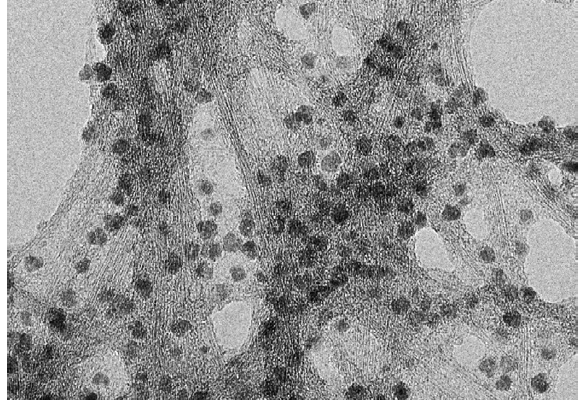 Kwang Min Shin, Ji Won Lee, Gordon G. Wallace, Seon Jeong Kim
Kwang Min Shin, Ji Won Lee, Gordon G. Wallace, Seon Jeong Kim
(a) Center for Bio-Artificial Muscle and Department of Biomedical Engineering, Hanyang University, Seoul 133-791, Republic of Korea
(b) ARC Centre of Excellence for Electromaterials Science, Intelligent Polymer Research Institute, University of Wollongong, Wollongong, NSW 2522, Australia
*Corresponding author.E-mail: sjk@hanyang.ac.kr..
원문 링크 : http://www.sciencedirect.com/science/article/pii/S0925400508001810
Abstract
A functionalized single-wall carbon nanotube (SWNT), fabricated using an acid treatment, was used to prepare SWNT/ferritin composites. Different physical and chemical composites were synthesized on a glassy carbon electrode, and their structures and electrochemical properties were analyzed. The specific redox reaction due to ferritin appeared in both composites, but depended on the structure of the composite, which influenced the electrochemical properties. The redox reaction of ferritin was analyzed using fulfilled core, holoferritin, and coreless, apoferritin. From the electrochemical results, we confirmed that electron transfer through the ferritin shell is possible, and that the core of the ferritin facilitates electron transfer in the composites. The chemical composites showed a significant catalytic activity towards hydrogen peroxide, and the electrochemical results showthat this type of composite has potential as biosensors and in bioapplications.